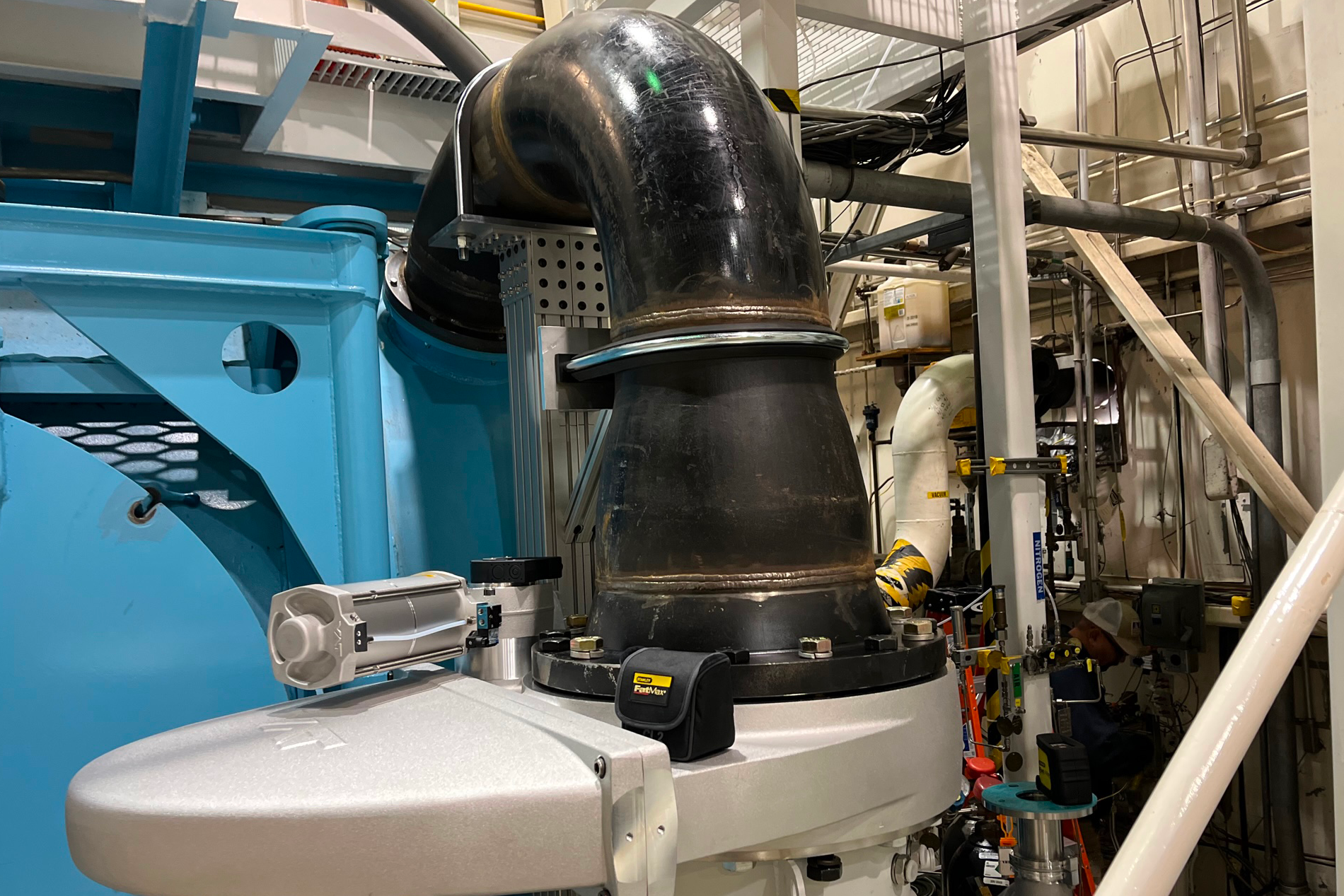Pipe FABRICATION

Service Overview
Pipe fabrication involves the manufacturing and assembly of pipes used for conveying fluids or gases in various industries, including oil and gas, petrochemical, chemical processing, water treatment, and construction. Pipe fabrication encompasses several stages, from material selection and cutting to welding, assembly, and testing.
Pipe Fabriction Process Overview
The first step in pipe fabrication is selecting the appropriate materials based on the requirements of the application, including factors such as temperature, pressure, corrosiveness, and compatibility with the fluid being conveyed. Common materials used for pipe fabrication include carbon steel, stainless steel, alloy steel, copper, and various types of plastics.
Once the materials are selected, pipes and fittings are cut to the required lengths and shapes using cutting tools such as saws, plasma cutters, or torches. Specialized equipment may be used to create specific shapes, angles, or bevels on pipe ends to facilitate welding.
Welding is a critical aspect of pipe fabrication, where individual pipe sections and fittings are joined together to form the desired piping system. Common welding processes used in pipe fabrication include:
- Shielded Metal Arc Welding (SMAW)
- Gas Tungsten Arc Welding (GTAW or TIG)
- Gas Metal Arc Welding (GMAW or MIG)
- Flux-Cored Arc Welding (FCAW)
- Submerged Arc Welding (SAW)
Welding procedures must adhere to relevant welding codes and standards, and welders must be qualified to perform the required welding processes.
After welding, pipes and fittings are assembled according to the design specifications. This may involve threading, grooving, or flanging pipe ends to facilitate connections with valves, pumps, instruments, and other components of the piping system. Fittings such as elbows, tees, reducers, and flanges are installed as needed to route the piping system and accommodate changes in direction or size.
Once the piping system is assembled, it undergoes testing and inspection to ensure it meets the required quality standards and specifications. This may include pressure testing to verify the integrity of welds and joints, visual inspection for defects, and non-destructive testing (NDT) methods such as ultrasonic testing (UT) or radiographic testing (RT) to detect internal flaws.
Depending on the application and environmental conditions, pipes may undergo surface treatment and coating to protect against corrosion, erosion, or other forms of degradation. Common surface treatments include painting, galvanizing, or applying corrosion-resistant coatings.
Once fabrication and testing are complete, the fabricated piping components are packaged and shipped to the installation site. Installation involves assembling the piping system according to the layout and design specifications, connecting it to other equipment and structures, and commissioning the system for operation.
